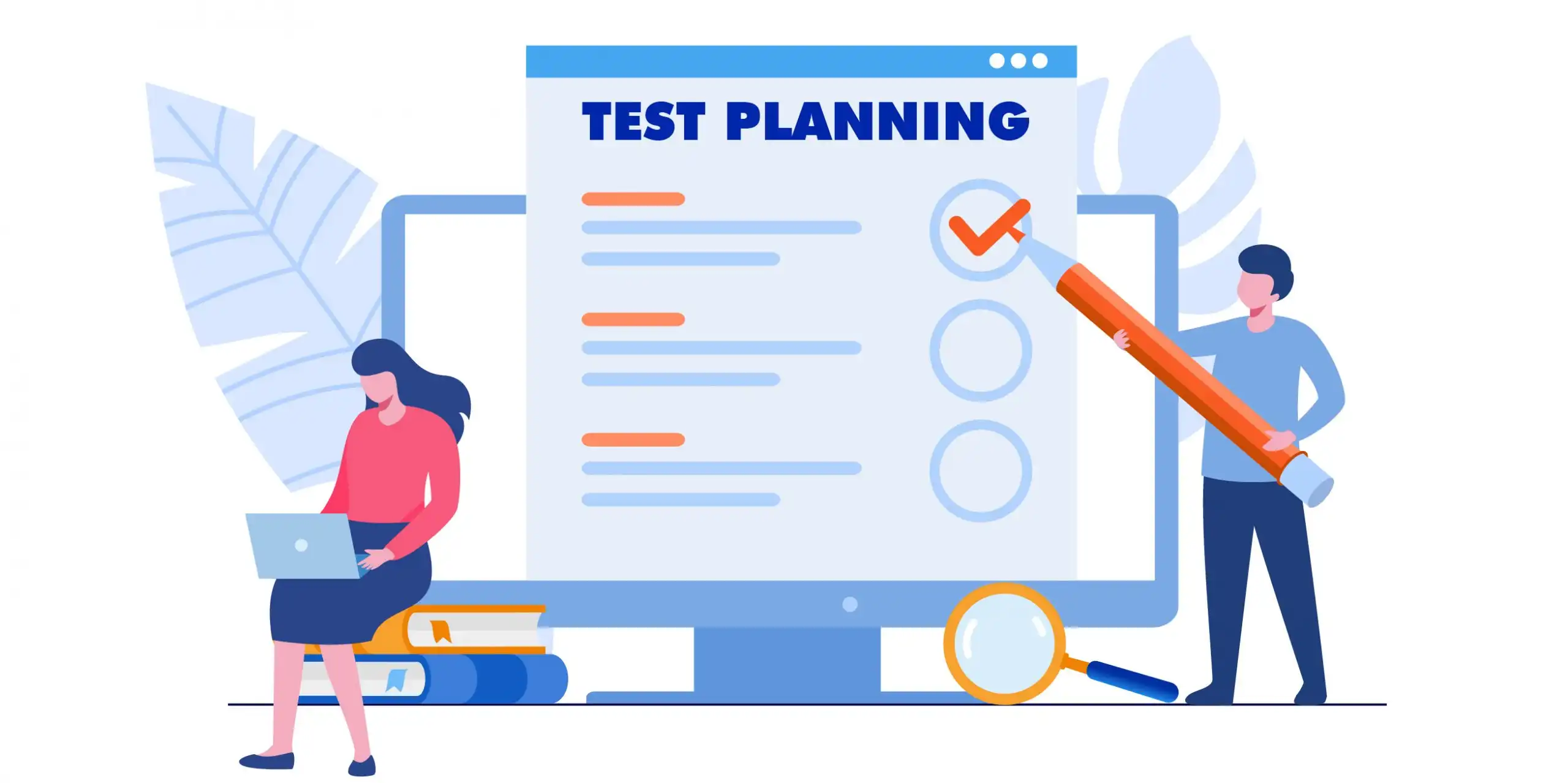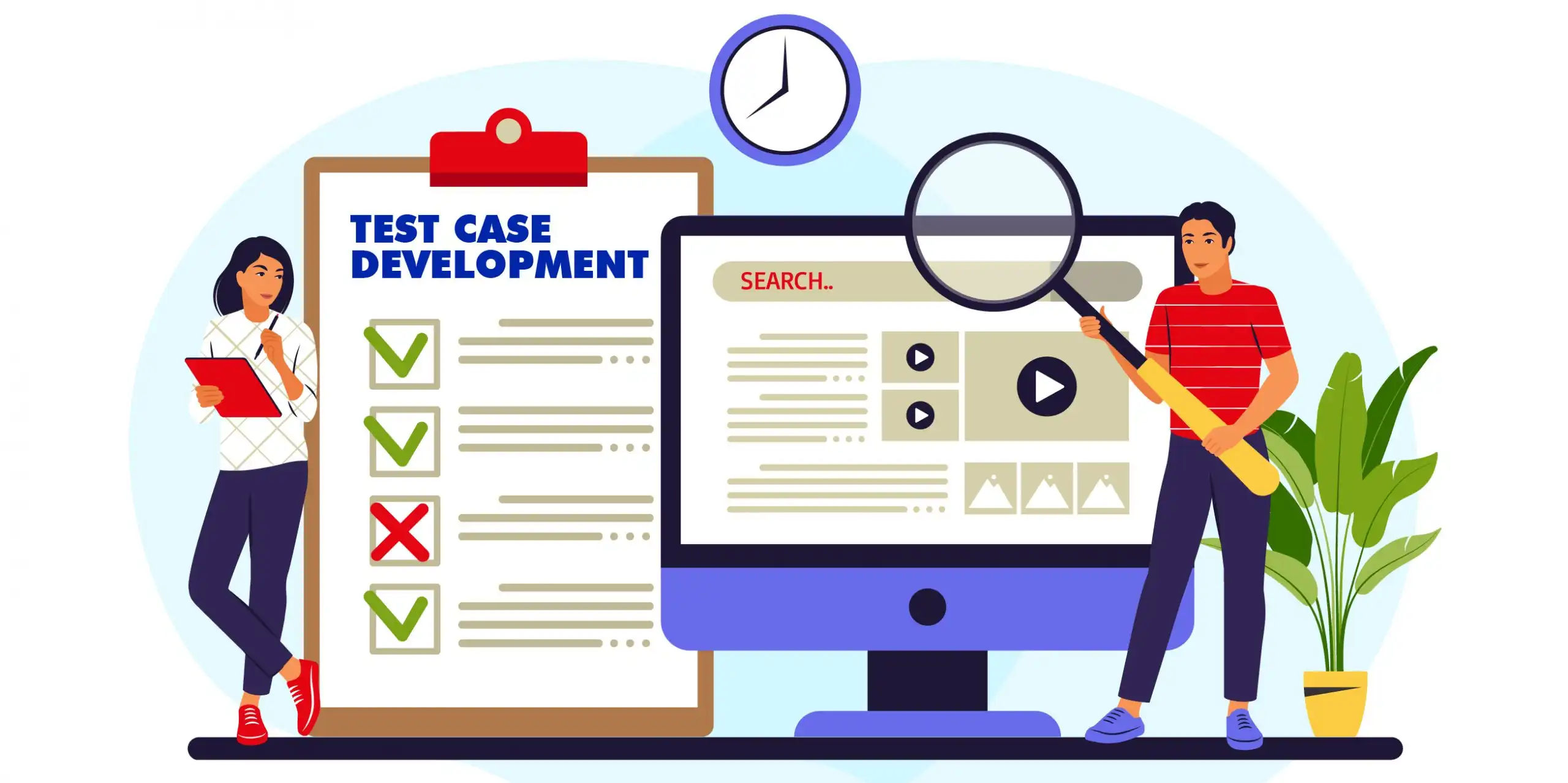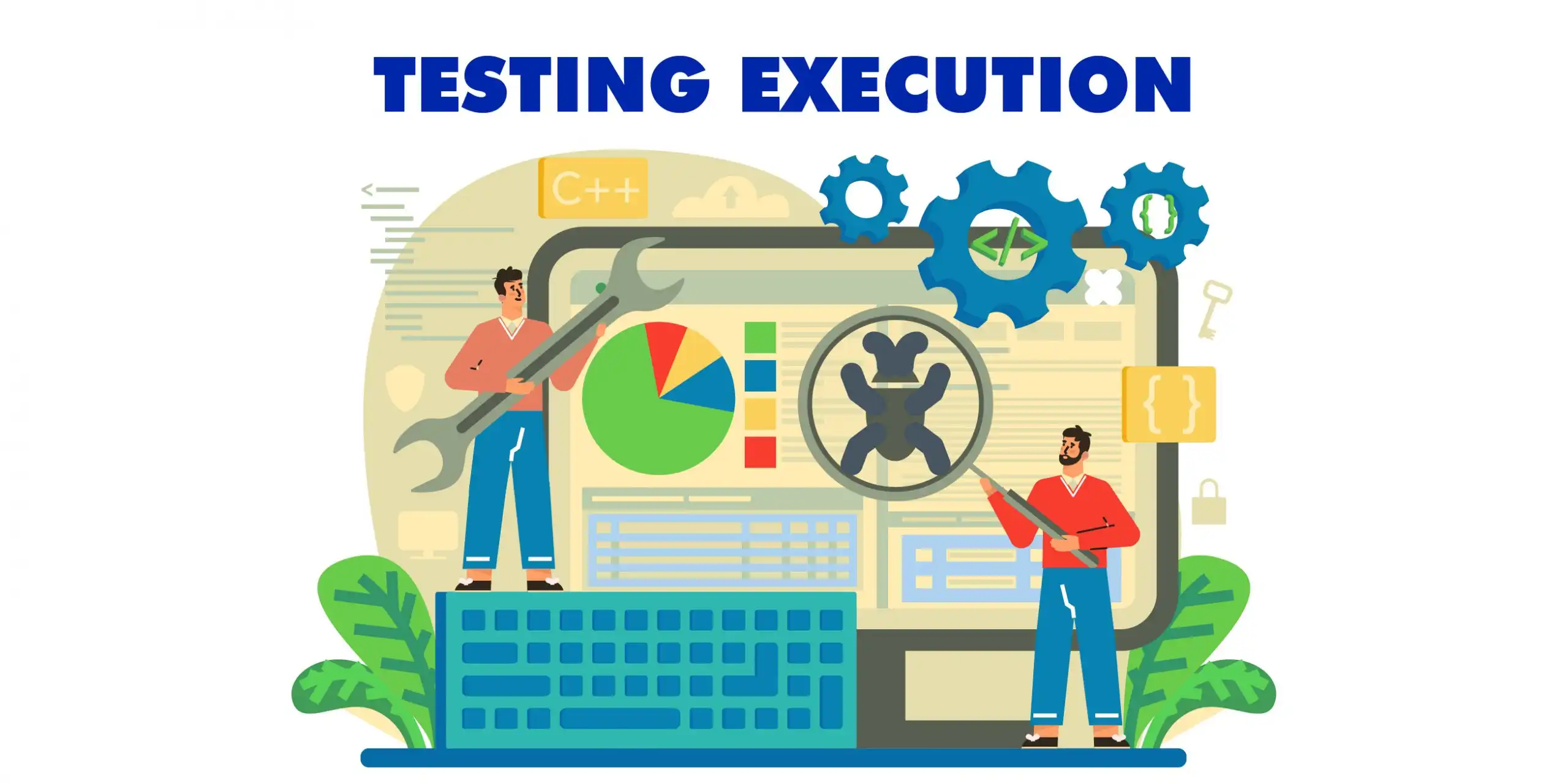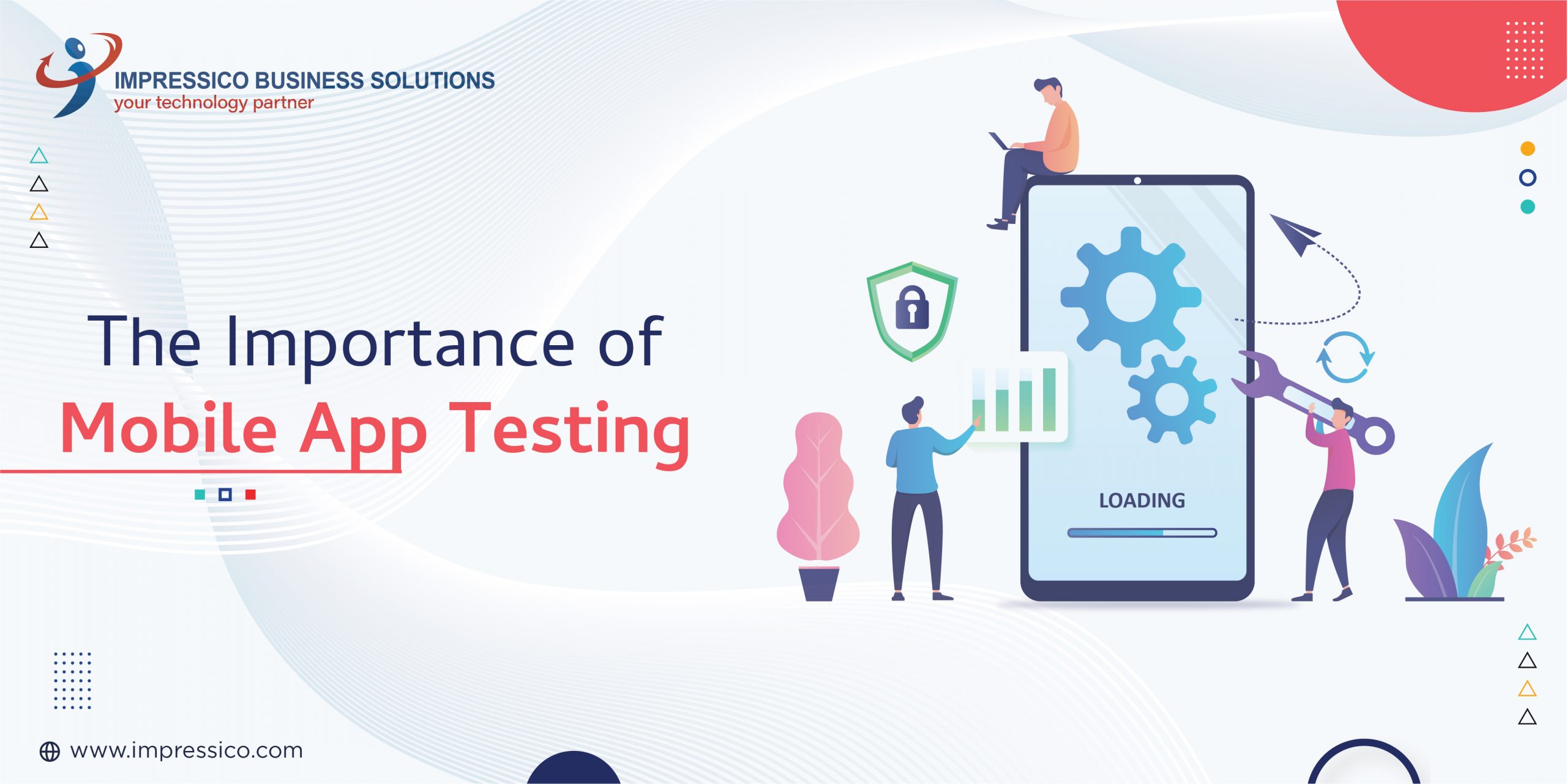Impressico’s Manual testing services help ensure that software applications or systems are free from bugs and usability issues. We offer a unique blend of testing processes, tools and technology expertise, and domain knowledge to ensure that the product is delivered without bugs in an accelerated time frame.
Manual Testing Onsite Services
Our manual testing services guarantee the quality and dependability of software applications before they go live on the market. We offer Manual QA testing services like exploratory testing, regression testing, smoke testing, user acceptance testing, and black-box testing. These methods involve the manual execution of test cases to identify bugs, errors, and issues in software applications before they are released to end-users.

Quality services - what we do
Impressico’s team of manual testing experts possesses extensive experience in conducting a diverse range of manual tests. They employ a customized approach tailored to each client’s specific requirements. Here are some of the frequently utilized manual testing methods employed by us:
Functional Testing
Unit Testing
Usability Testing
Smoke Testing
Sanity Testing
Regression Testing
Integration Testing
API Testing
UI Testing
System Testing
White-box Testing
Black-box Testing
Acceptance Testing
Alpha Testing
Beta Testing
Non-Functional Testing Services
Performance Testing
Load Testing
Compatibility Testing
Stress Testing
Compliance Testing
Localization Testing
Volume Testing
Accessibility Testing
Globalization Testing
Tools and Technology
Impressico’s team of experts assists each client in selecting testing tools that align with their software development lifecycle, team structure, and specific testing requirements. Our testing experts remain unbiased towards tools and are proficient in utilizing the most suitable ones for each project’s overall success. Here are a few commonly employed tools by our team for manual testing purposes:
Test Management Tools
Test Management tools are used to streamlined test planning, execution, tracking, and reporting, enhancing software quality and team collaboration.




Bug Tracking Tools
These are used to track and manage defects found during software testing.





Process
Manual testing is a method for manually verifying and validating software without the assistance of automation tools. Here is an overview of the manual testing process:

Test Planning
In this phase, the manual testing service provider defines the scope of testing, selects test scenarios and creates a test plan. They also define test objectives, timelines and deliverables at this point.

Test Case Development
During this stage, the testing team creates test cases based on requirements and design documentation. These contain input data, expected outcomes, as well as steps to execute the test.

Testing Execution
In this step, the manual testing company executes all test cases and reports any defects or issues to the development team. Test results are documented, with cases marked either passed or failed.

Defect Reporting
During this phase, any defects or issues discovered during test execution are reported to the development team. They then work to rectify the defects and retest them to verify they have been addressed.

Test Closure
At this stage, the testing team evaluates the test results and creates a test summary report with details on test execution, defects found, and coverage. This report includes information regarding test coverage as well as any recommendations for improvement.
FREQUENTLY ASKED QUESTION’S
To help you make the most-informed decision, here are common questions customers ask us.
1. How Do I Select a Manual Testing Services Provider?
Selecting the ideal manual testing services provider can be an important decision for your business. Here are some factors to consider when making this selection:
- Expertise and Experience: Search for a provider with extensive manual testing experience, as well as an experienced team of qualified and experienced testers that can handle the testing needs of your application.
- Test Environment: Be certain the provider you choose offers an adequate test environment that can replicate different scenarios and configurations of your application. Doing this helps guarantee testing is conducted under real-world circumstances, helping identify any issues that may arise.
- Communication and Reporting: The provider should establish effective communication channels and deliver regular reports on the testing progress. Doing this will keep you updated about the testing status as well as any issues that may arise.
- Testing Methodologies: The provider should use industry-standard testing methodologies such as Agile, Waterfall or Hybrid for efficient and effective testing. This will guarantee the testing is conducted efficiently and effectively.
- Security and Confidentiality: Your provider should possess secure testing facilities and adhere to stringent confidentiality policies in order to guarantee the safety of both your application and data.
- Pricing and Contract Terms: Research the pricing and contract terms of various providers to find one that offers competitive prices with flexible contract conditions.
- Customer Reviews and References: Look into customer reviews and references to assess a provider's reputation and the quality of their services.
In conclusion, when choosing a manual testing services provider, consider their expertise, test environment, communication and reporting, test methodologies, security and confidentiality, pricing and contract terms as well as customer reviews and references.
2. How Much Will Manual Testing Services Cost?
The cost of manual testing services varies based on several factors, such as the complexity of the software being tested, its size and scope of testing required, the expertise and experience of the testing team members, as well as where they are located.
3. What tools are utilized in manual testing?
Manual testing typically entails running test cases manually without the assistance of automation tools. Nevertheless, certain resources can be leveraged to facilitate manual efforts, such as:
- Test Management Tools: These applications aid the manual testing process by offering features like test case creation, execution and reporting. Popular examples of such test management applications include TestRail, Zephyr and HP ALM.
- Defect Tracking Tools: These applications help monitor and manage bugs identified during testing. Popular defect tracking solutions include JIRA, Bugzilla, and Mantis.
- Screen Capturing Tools: These applications enable the capture of screenshots or video recordings during testing, which can be useful for documenting results or demonstrating issues to developers. Popular screen capturing programs include Snagit, Fireshot, and OBS Studio.
- Collaboration Tools: These applications enable teams to work together more efficiently on testing projects by offering features like shared test cases, results, and communication channels. Popular collaboration software options include Slack, Microsoft Teams, and Asana.
- Browser Extensions: Browser extensions offer additional functionality to web browsers, such as developer tools, network monitoring services and testing utilities. Popular examples of such browser extensions include Chrome Developer Tools, Firefox Developer Tools and Selenium IDE.
- Accessibility Testing Tools: These applications assist in testing the accessibility of web applications for users with disabilities. Examples of accessibility testing tools include Wave, AChecker and Access Assistant.
In conclusion, manual testing relies mainly on manual execution of test cases; however, the use of supporting tools can enhance efficiency and effectiveness during this step. Which tools are chosen will depend on specific testing needs as well as personal preferences of the testing team.
4. What are the main challenges in manual testing?
Our manual QA testing services can highlight three main challenges:
Time Constraints: Manual testers often face the daunting challenge of testing multiple functionalities within tight timeframes, necessitating exceptional efficiency and focus to complete thorough tests despite limited testing time available.
Exploratory Testing: Executing exploratory testing requires striking equilibrium between creativity and analysis skills. Testers should have the capacity to think outside the box by devising new test scenarios while effectively analyzing system behavior.
Effective Bug Reporting: Accurate defect reporting is the key for development teams' efficiency. Our testers specialize in crafting thorough and well-structured bug reports that enable developers to quickly comprehend and address issues arising in real-time.
As a dedicated manual testing service provider, we understand these obstacles and take measures to overcome them with high-quality solutions that fit within demanding project deadlines.
Need Software Quality Assurance Services
Related Articles

























